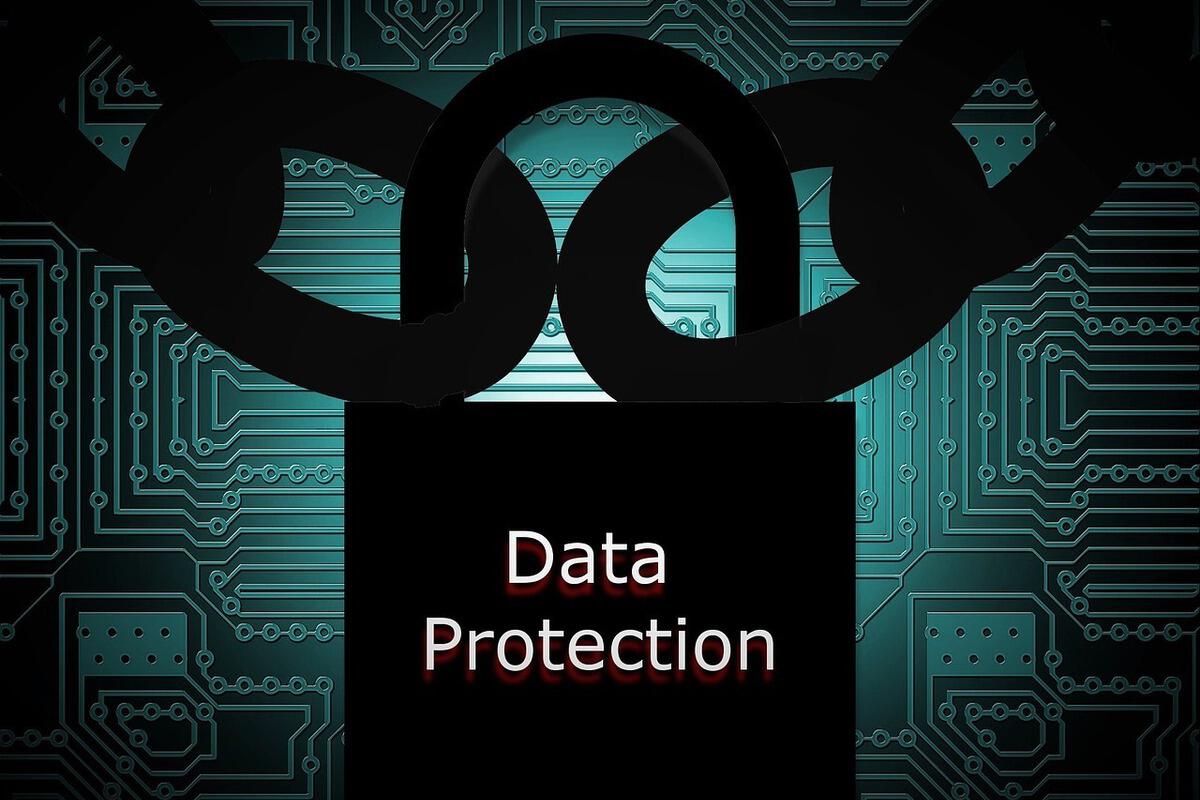Accenture wants to help businesses use blockchain technologies more securely by locking away the encryption keys they use to sign transactions.
It’s built a system that blockchain developers can use to store credentials in specialized cryptoprocessors called hardware security modules (HSMs).
HSMs are typically used by banks to store the PINs associated with payment cards or the credentials used to make interbank payments over the SWIFT network, and are much more secure than storing the credentials, even in encrypted form, on network-connected servers from where attackers could steal them.
The PINs or credentials never leave the HSMs, and their use within them is strictly controlled.
To read this article in full or to leave a comment, please click here





